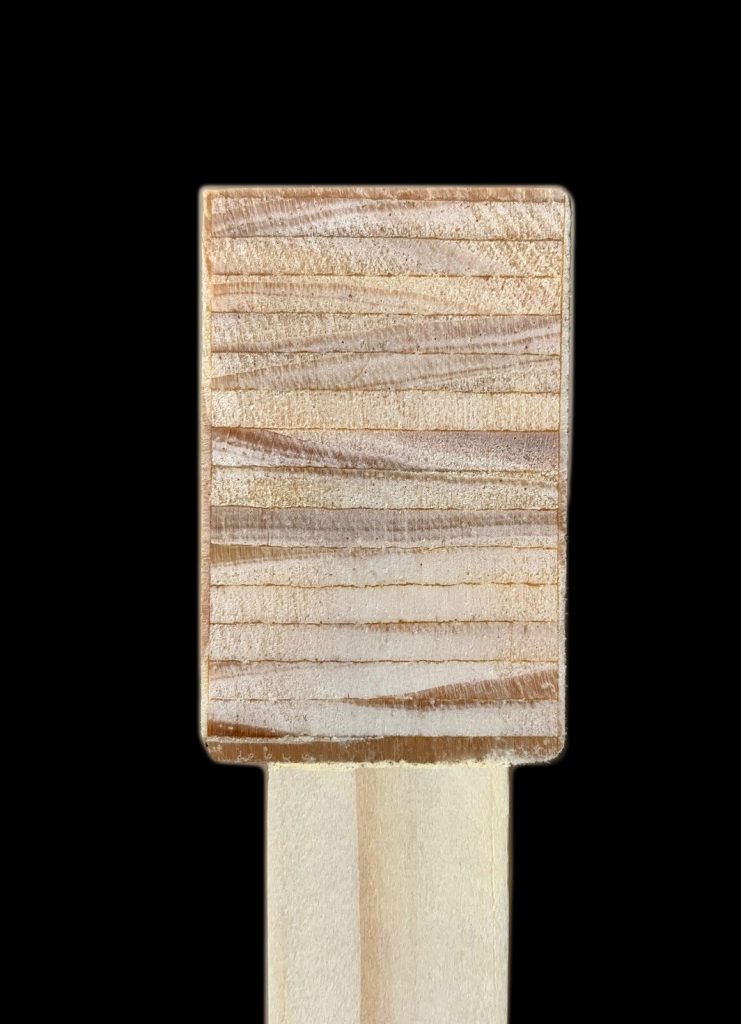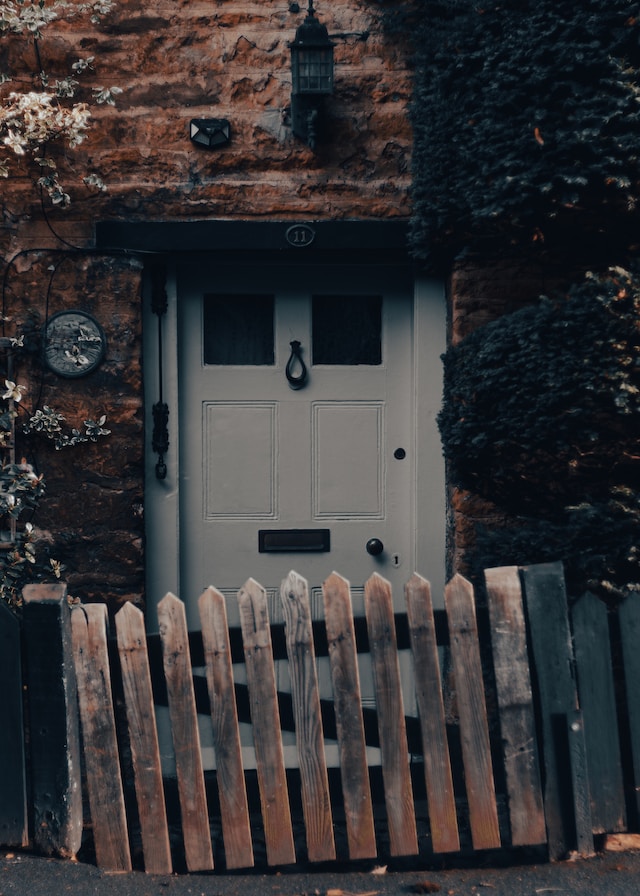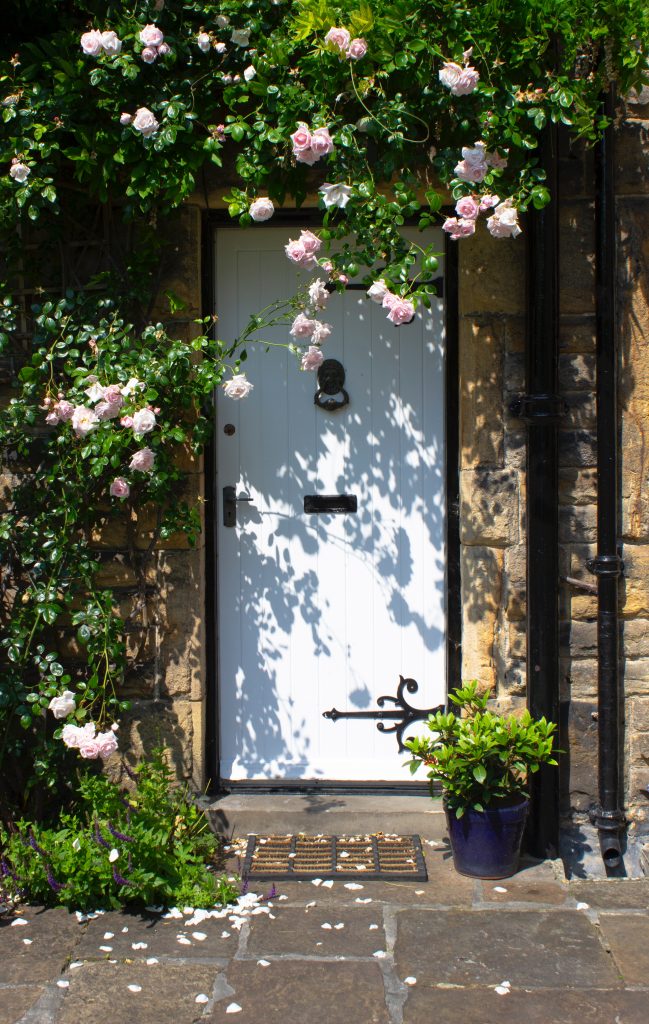2020
Louvre Door Terminology – A Glossary of Terms and Jargon
Following on from our previous article translating the different shutter related words and phrases; we thought we would also share with you the common words and phrases used when discussing louvre doors.
Some of the terminology listed below is often used when discussing doors or carpentry in general so it is important to note that in this article we are specifically referring to wooden louvre doors.
Here’s our list of often used terminology:
Louvre (louver): Not to be mistaken with the Paris museum, a louvre blade is a thin narrow piece of wood that is spaced apart from adjoining louvre blades to create a gap to allow airflow and some light to pass between each blade. Also referred to as slats, these are commonly found in shutter, blind and door styles. The louvre style is made when louvre blades are placed horizontally across a frame and overlapping each other in an angled, fixed position. A small gap is generally left between each slat to achieve an ‘open louvre’ design. Louvred styles that have no gaps are called faux louvre or closed louvre. It is worth mentioning that louvres are not exclusively angled and can be positioned vertically. Louvre blades can be made from various materials such as metals, plastic and composite.
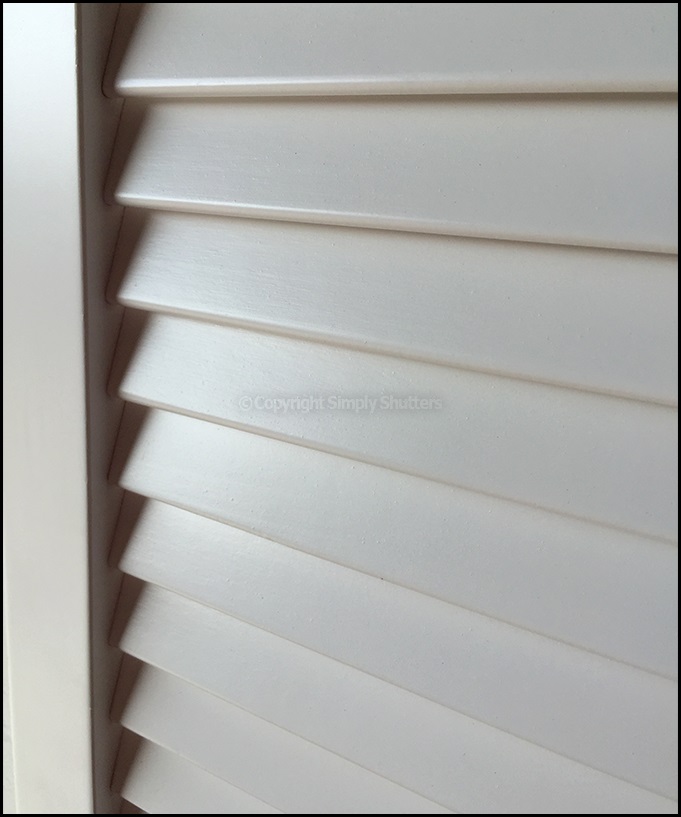
Hardware: When we are discussing hardware in relation to louvre doors we are usually referring to hinges or door handles or any other item used in conjunction with a door (latches, locking bolts etc.).
Rail: This is the horizontal part of the frame of the door. The entire outer frame of a door will have a top and bottom rail and stiles either side (we discuss stiles next). Not to be confused with a door frame that is the frame surrounding the doorway opening.
Stile: The stiles are the vertical parts / sides of the frame of the door. On louvre doors the stiles are routed with slots to allow louvre blades to be held in position. Stile construction can vary with simple lengths of solid wood or engineered stiles being the most common methods used (an engineered stile is described further along this glossary).
Offset Horizontal Bar: The top and bottom horizontal parts of louvre doors are referred to as rails. Taller louvre doors require extra stability and so for added strength an additional rail is added to the door. Sometimes referred to as mid-rail and generally positioned centrally, it is also commonly positioned off centre. We refer to this as an offset horizontal bar.
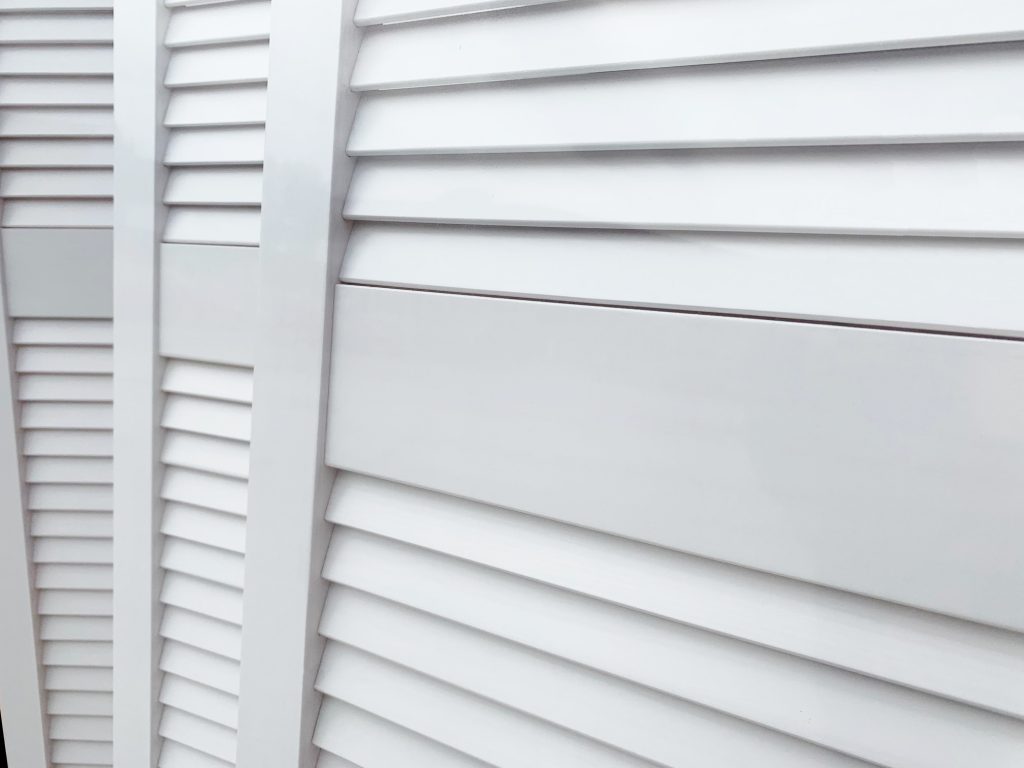
Routed: Routing is done by using a rotating spinning blade to create slots or grooves in the timber frame. Routing is usually done to create joints between stiles and rails or to house the louvre blades.
Primed: A primed louvre door is a door that has an applied base coat of paint to aid adhesion making it ready for a top coat of paint to be applied. When painting bare timber and after applying the primer/ base coat, it is generally good practice to apply an undercoat to mask any imperfections in the timber itself. Some louvre doors are factory painted white where the paint finish is so good sometimes a top coat is not always required.
Dowel: A dowel is a small cylinder shaped piece of wood that is used to hold together two sections of timber i.e. the rail to the stile. Holes are drilled in each piece of timber for the dowel to be inserted and glued to half its length in one hole. It is then inserted and glued into the hole in the section it is being attached to. The edges of the two sections are glued and clamped together. When the glue dries the dowel adds considerable strength to an otherwise weak joint. Longer dowels are called dowel rods which can be cut into smaller dowels called dowel pins.
Biscuit joint: This is a small, thin oval shaped of wood that is used to attach one piece of timber to another to create a butt joint. Each component will have a routed slot and a ‘biscuit’ shaped piece of wood is used to join the pieces together and is glued into place. The glue makes the ‘biscuit’ swell so the joint becomes tight and secure. It is a similar process to using dowels but uses discs and slots instead of holes and round pegs/ dowels. Biscuit jointing is generally much stronger than dowel joints as there is more surface contact with the biscuit.
Butt joint: A butt joint is when two pieces of material are joined together end to end without any shaping taking place (i.e sanding down to create a curve). Butt joints can be held together with many different materials such as glue, dowels or biscuit joints.
Rebated edge: a rebated edge is a small groove cut out of a piece of wood allowing it to be fitted against another piece of wood that has had the opposite groove removed (left and right edges) so that they fit and lock together.
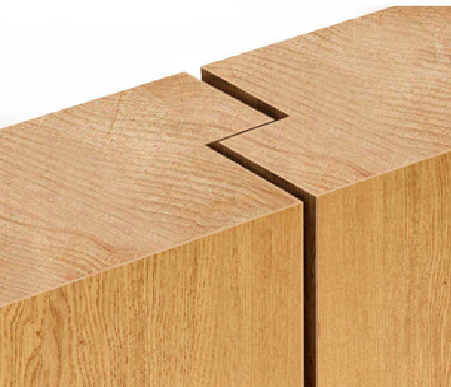
Battens: If you hear the phrase battens when talking about louvre doors it will usually refer to using a small piece of wood or a ‘batten’ to reduce the size of the doorway /opening to be able to fit a smaller size door into that opening.
Mortise and Tenon Joint: A mortise and tenon joint is when two pieces of wood are connected together usually at a right angle. One piece of wood will have a rectangular hole routed into it called the mortise with the other piece of wood being jointed having the ‘tenon’. The tenon is a protruding piece of timber that has been cut away from the other section of wood so that it fits into the square hole. The two components are then glued and joined together to make the strongest of joints.
Acclimatisation: Wood is a natural material and as such is vulnerable to cold, heat and moisture that causes contraction and expansion that follows the wood grain. To acclimatise any timber product it should be left in the room or area that it is to be installed in for at least 24 hours prior to installation. If acclimatisation is not followed then the timber could expand or contract after installation creating unforeseen problems.
Pilot hole: A pilot hole is a small hole drilled into a piece material (i.e. wood) as a guide to ensure the hole has been placed in the correct location and to minimise the risk of the wood splitting / cracking when using screws or needing to make a larger hole.
Aperture/ Reveal: is the opening that houses the door or window frame.
Engineered Stile: where the stile of a louvre door is built from thin strips of wood that are bonded together with one strip of wood having the grain facing down and the next strip having the grain facing up and so on. This is called an opposing grain that counteracts the natural expansion or contraction of the timber when exposed to heat or cold. The stile is then covered in a veneer to give the appearance of a solid wood. Engineered stiles are higher quality than solid wood equivalents as they are less likely to bow, split or warp.
